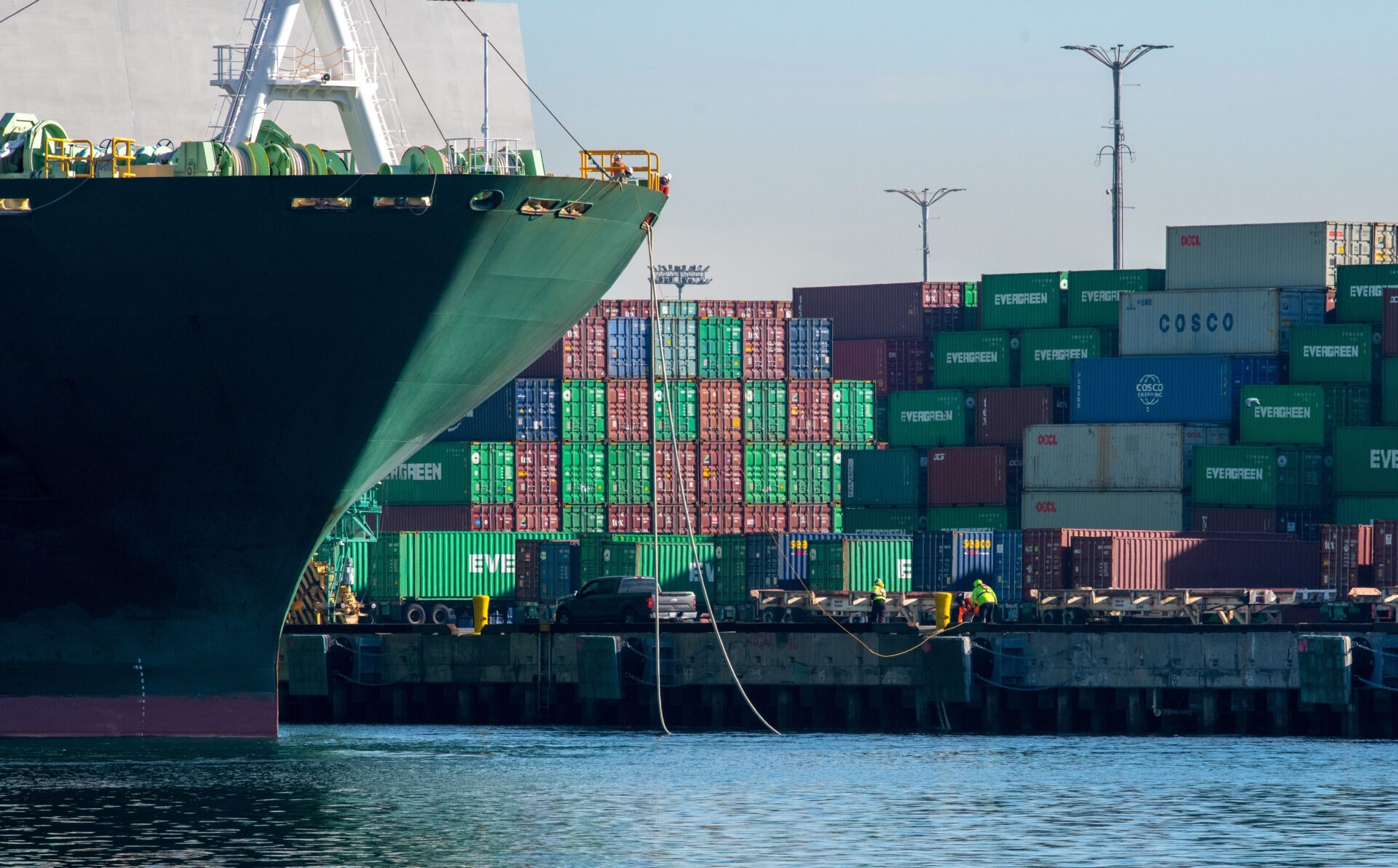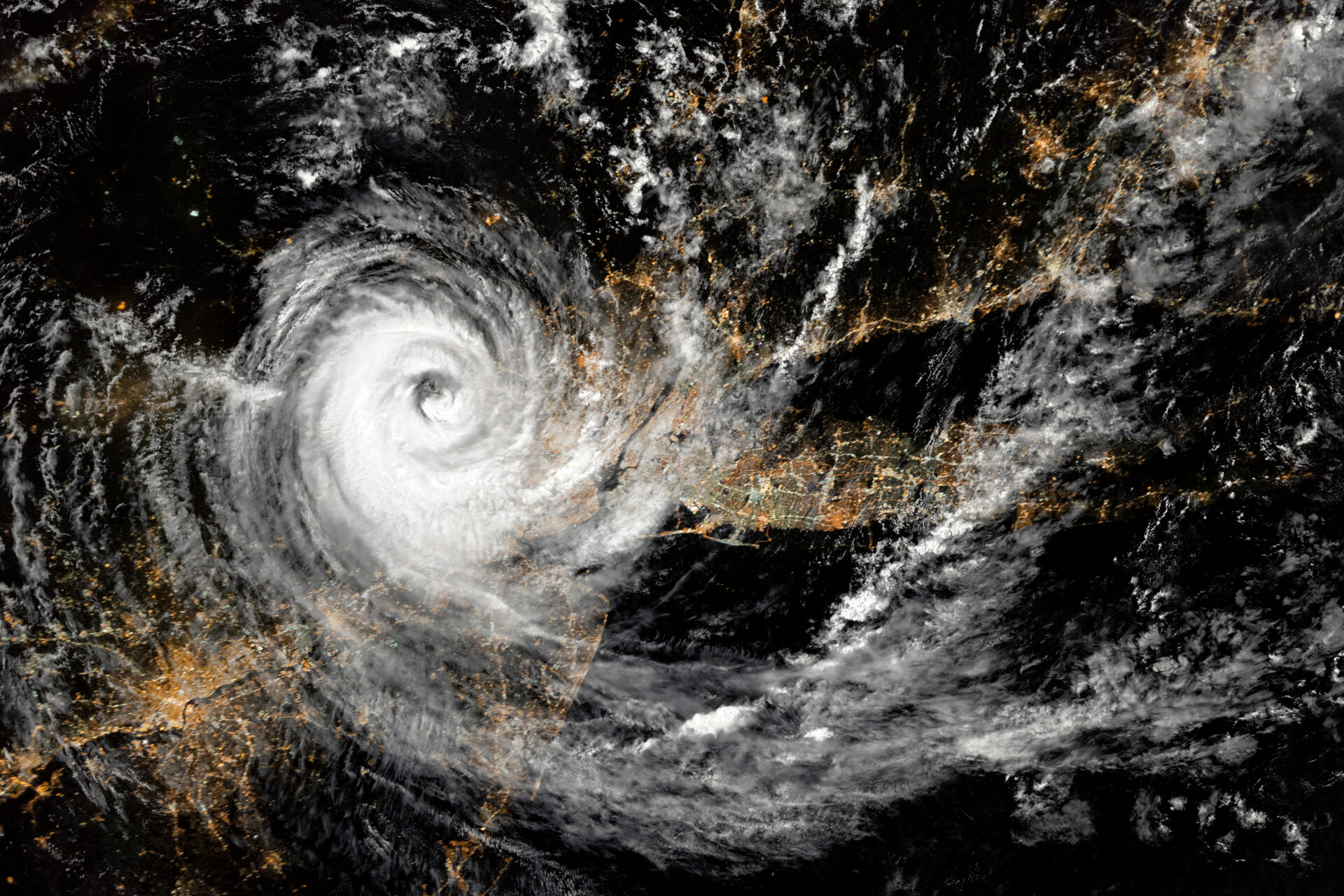
New Wave of Tariffs Hits Global Exporters!
A new wave of “reciprocal” tariffs imposed by President Trump on August 7, 2025, has come into force, targeting dozens of countries and prompting international concern.
At a Glance
- On August 7, 2025, the U.S. implemented “reciprocal” tariffs ranging up to 41% against imports from numerous countries.
- Tariffs vary significantly—10% for the UK, 41% for Syria—with additional levies imposed on Brazil and India for specific political reasons.
- The EU secured a capped framework rate, while governments—including Switzerland—are urgently negotiating to reduce economic fallout.
- Trump also threatened 100% tariffs on semiconductor imports from countries not investing in U.S. manufacturing.
- Experts warn rising costs will pressure exporters and spark global economic instability.
Strategic Trade Pressure
President Donald Trump has enacted a sweeping tariff program, imposing new levies on countries that the administration claims maintain “unfair” trade advantages. This second wave of “reciprocal” tariffs—effective as of August 7—targets dozens of nations, with rates calibrated to perceived market access or geopolitical tensions. The United Kingdom, for instance, faces a 10% tariff, while Syria has been hit with 41%. Other countries, such as Brazil and India, were penalized due to disputes over fossil fuel imports and domestic prosecutions involving U.S. nationals.
Watch now: Trump Tariff | Trump’s Reciprocal Tariffs Go Into Effect Globally · YouTube
Nations classified as strategic partners—including the European Union and Japan—received more favorable treatment. The EU managed to negotiate a framework rate that will be subject to periodic review rather than immediate escalation. Officials across multiple capitals confirmed that the Biden-era trade agreements have now been formally overridden under emergency authority provisions, creating a complex legal landscape.
Global Reaction and Risks
The announcement has triggered diplomatic pushback. Switzerland, caught off guard by a 39% tariff, convened emergency talks within hours. China and India, while still in negotiation with U.S. officials, face impending deadlines to either secure revised terms or risk further penalties. Smaller economies such as Laos and Syria, already facing high duties, are limited in their ability to respond, raising fears of trade isolation.
Multinational firms are bracing for economic disruption. Automotive giants like Toyota and Honda anticipate significant cost increases in U.S. markets, with supply chains likely to be rerouted. Trade analysts have flagged a surge in cross-border tax complexity and delays in cargo processing as unintended consequences of the abrupt shift.
Legal and Economic Uncertainty
The legal authority for the tariffs rests on the International Emergency Economic Powers Act of 1977, which allows the president to restrict trade during national emergencies. Legal scholars have challenged whether this statute applies broadly to peacetime tariff structures. Several trade groups are expected to file federal lawsuits contesting the policy’s constitutionality.
Economists warn that the reintroduction of such high tariffs—the steepest since the 1930s—could have long-term effects on global commerce. Exporters may divert goods away from the U.S. market, while importers could pass rising costs on to consumers. The administration, however, insists the measure is temporary and necessary to compel trading partners to lower their own barriers and invest in U.S. manufacturing.
Sources
The Guardian
AP News
Bloomberg


